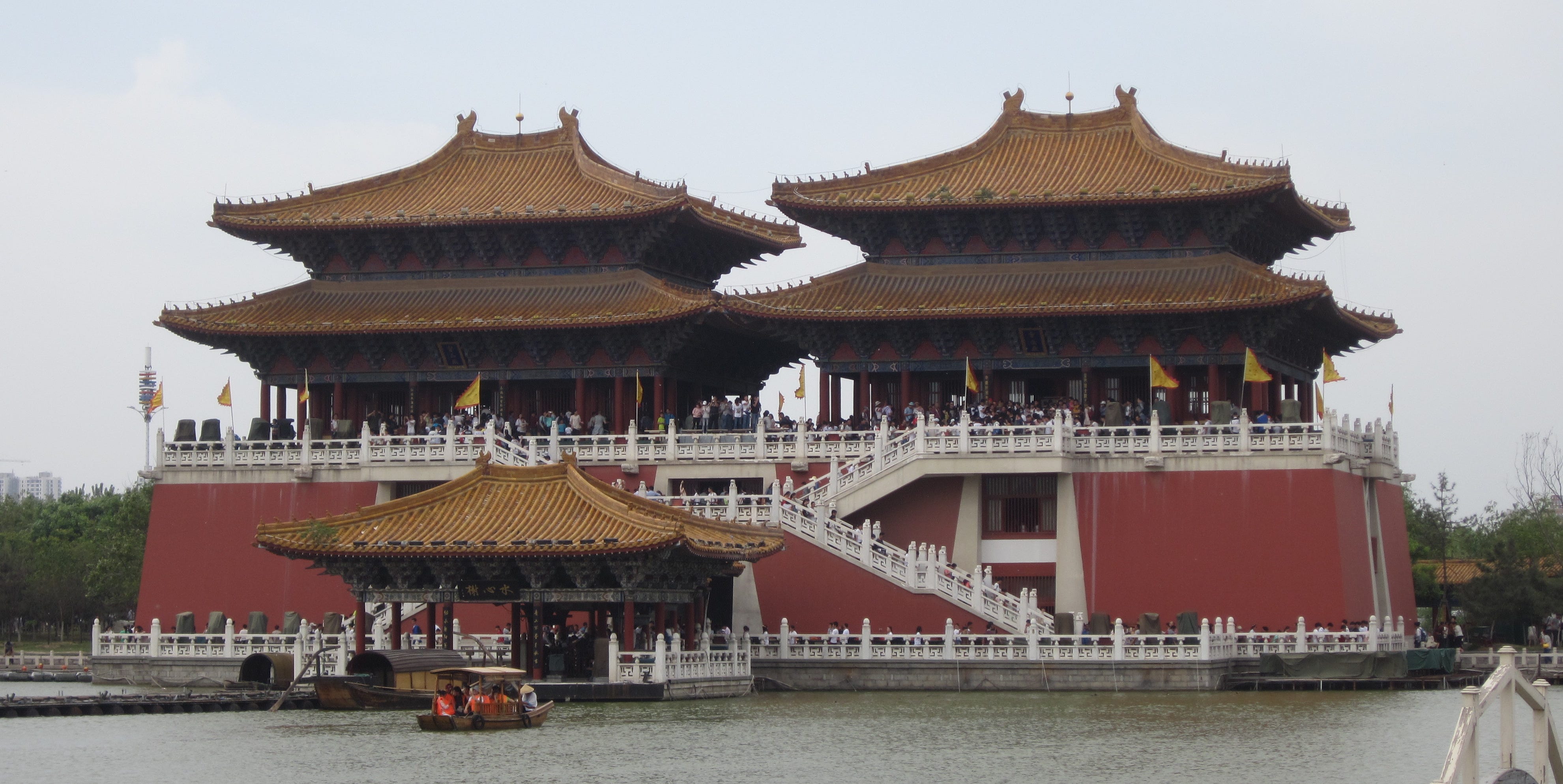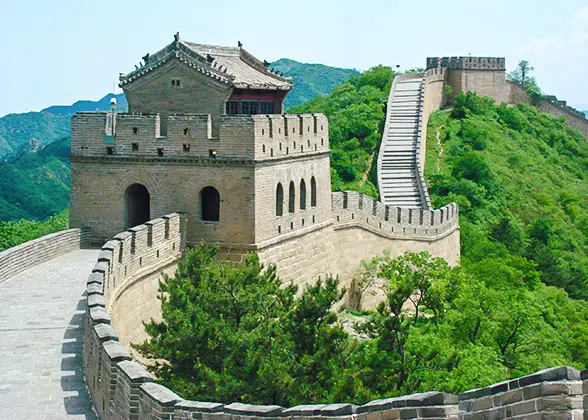

The reestablishment of an indigenous Chinese ruling house led to the imposition of court-dictated styles in the arts. at a time overlapping the transition from the late Ming to early Qing. The early Ming dynasty was a period of cultural restoration and expansion. The variety and quality of ceramics increased dramatically, and wooden sculpture was convincingly realistic.Ĭurator of Asian art Robert Jacobsen takes us through China's illustrious past by focusing on each of its historical dynasties. communal charity, etc., this study will limit its arena to Ming food and cuisine. It was during the Ming Dynasty that a navy and an army were first constructed of one million troops, a size that surpassed all others in the 15 th century.

Read on to discover the richly-woven history of Ming. The Ming Dynasty is a period of ruling in China that followed the defeat of the Yuan Dynasty, which during that time China was ruled by the Mongols. The Ming dynasty ushered in an unprecedented period of creativity and much of the Ming dynasty artwork porcelain and ceramics, painting, decorative crafts and jewellery is among the finest ever produced in China. The psychological effects of this devastating upheaval are apparent in Sung paintings misty, ethereal landscapes reflect conflicting emotions of regret, acceptance, and longing. An Easy Guide to Ming Dynasty Art and Ming Artwork. The latter, however, was quite the opposite brutal invaders drove the Chinese from their northern territory, forcing them to migrate south and establish a new capital city. One reaction, so minimal that one does not naturally relate it to the events of the time, is represented by the astonishing continuity in the works of Ni Zan. The former was a tranquil time characterized by philosophical and artistic development, political centralization, and economic growth. that their early Ming works have an essential place in a history of Ming dynasty art. Like many contemporary European colonial writers, Ali Akbar’s and Ma Li’s exploration of foreign societies, their literary glorification of their own culture’s supremacy, and their imposition of their own cultural thinking on foreign lands all served their countries’ colonial enterprise in the global Age of Exploration.Considered the third Chinese golden age, this complex dynasty was divided almost evenly into Northern (960 - 1126) and Southern (1127 - 1279) halves. Both the Ottoman and Chinese authors recast the foreign Other as the familiar Self – Ali Akbar constructed an Islamized China while Ma Li depicted a Sinicized Ottoman world – to justify their countries’ claims to universal sovereignty and plans for imperial expansion.

is necessary to gain knowledge about the period of time in which they were. In addition to demonstrating the breadth of Ottoman and Chinese knowledge about each other in the global Age of Exploration, these two books, written respectively for the monarchs of the self-proclaimed Islamic and Chinese universal empires, reflect the Ottoman and Chinese imperial ideologies in an era when major world powers aggressively vied for larger territories and broader international influence. During the Ming Dynasty (1368-1644) a significant theme of painting was the. Important aspects of their states such as religion and trade played a role in both.

Although they were both significantly powerful the Ottoman Empire was superior compared to the Ming Dynasty. This article studies two sixteenth-century Asian texts: Khitay namah, a Persian travelogue about the Ming dynasty written by the Muslim merchant Ali Akbar and presented to the Ottoman sultan, and Xiyu, an illustrated Chinese geographical treatise with detailed travel itinerary from China to Istanbul by the Ming scholar-official Ma Li. During their time period the Ottoman Empire and the Ming dynasty were two powerful states, they both had a view of itself and its place in the world.


 0 kommentar(er)
0 kommentar(er)
